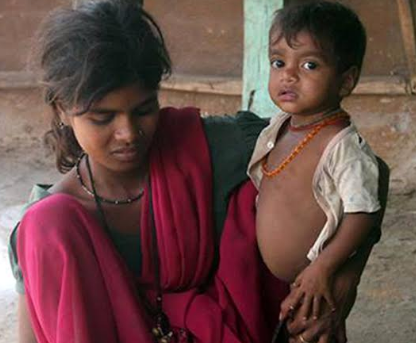Inside BENEO’s new pulse plant: pioneering sustainable protein from faba beans
According to the association, there is an increase in the incidence of SAM in 16 out of 22 states and Union Territories
With COVID-19 pandemic receding after a milder third wave and life getting back to normal, there is a need for an accelerated Community-based Management of Acute Malnutrition (CMAM) programme to prevent children from falling prey to life-threatening Severe Acute Malnutrition (SAM). This was stated by CMAM Association of India.
According to Akshat Khandelwal, President, CMAM Association, Poshan Abhiyan has been playing an active role in meeting the nutritional needs of children to improve India’s nutritional status. However, the pandemic, leading to disrupted delivery of supplementary nutrition for nearly two years, is understood to have had a direct impact on child nutrition, especially in vulnerable sections of society. That has led to making children increasingly susceptible to malnutrition and also SAM which according to UNICEF is the most extreme and visible form of undernutrition.
The Case Fatality Rate (CFR) in children with SAM routinely crosses 20% while the CFR in case of Covid has been 1-2% in India. That underscores the urgency to screen and address SAM which can be best done through community support.
The association further states that the use of Ready-to-Use Therapeutic Foods (RUTF), as prescribed by UNICEF and WHO, in a community setting could help bring a large number of SAM afflicted children out of the debilitating disease and prevent many more from falling prey to the same.
The results of phase 1 of the National Family Health Survey-5 (NFHS – 5) unequivocally point to the need to contain SAM in the country on an urgent basis. There is an increase in the incidence of SAM in 16 out of 22 states and Union Territories. In about eight states, the incidence of SAM is higher in urban areas than in rural areas. COVID-19 is likely to have further worsened the nutrition levels in the country and brought even more children at risk.

